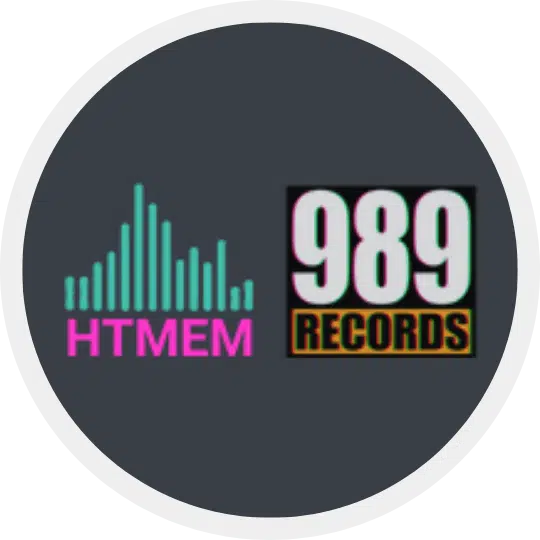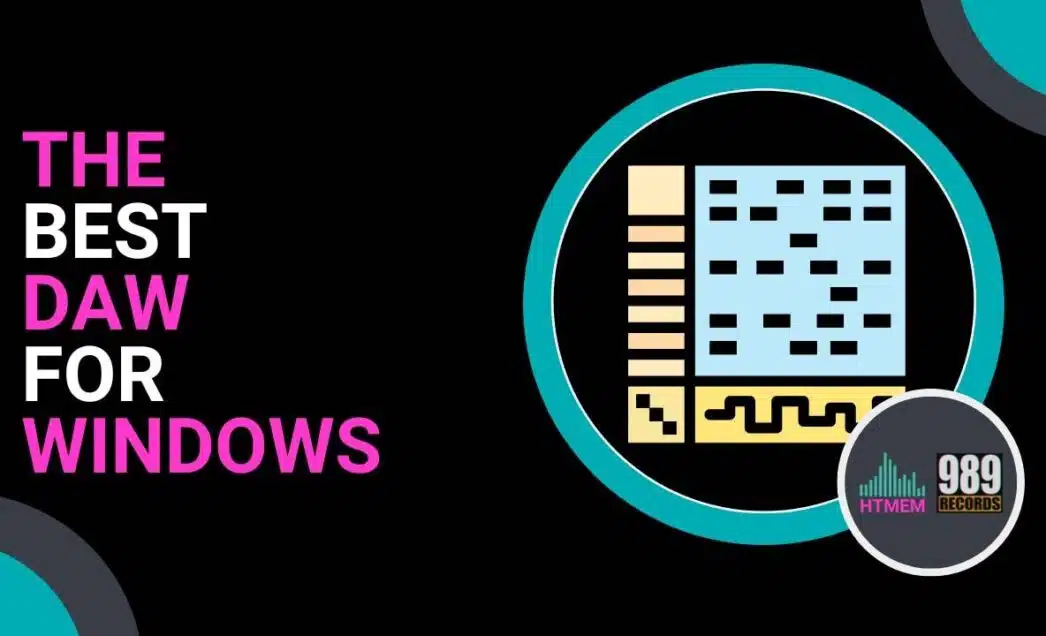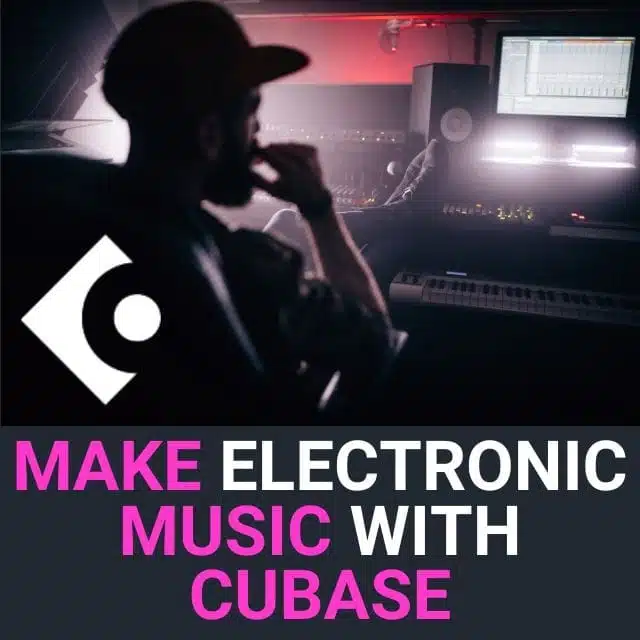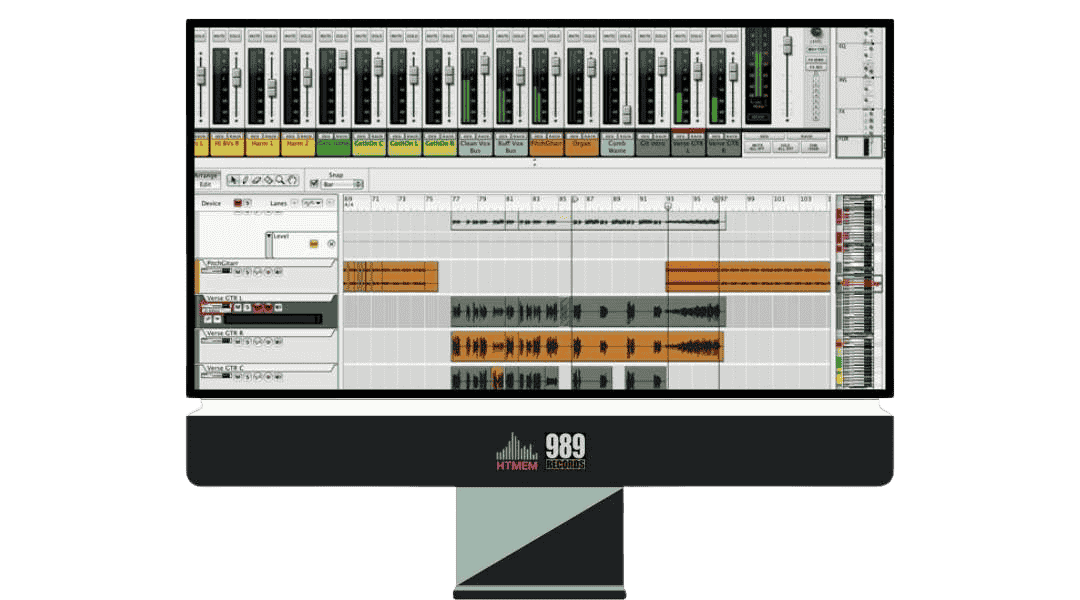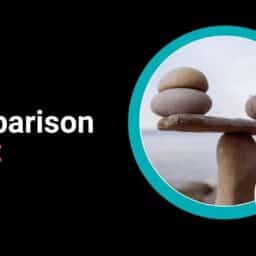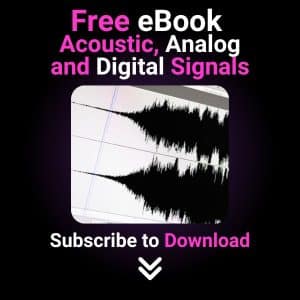Introduction to Digital Audio Workstations
If you would like to produce or record music, you need the right tools to make great tracks. One of the most important tools for any producer or musician is a Digital Audio Workstation (DAW).
A DAW is a software that lets you record, edit, and mix digital audio. DAWs bring both sequencing and audio recording together, providing a comprehensive recording experience.
There are many DAWs out there, each with its features and capabilities. Choosing the right DAW software is crucial for integrating virtual instruments and plugins. In this article, we will be looking at DAWs for Windows only.
Let’s Start!
Definition and importance of a DAW
A Digital Audio Workstation (DAW) is an indispensable software suite designed for musicians and producers. Music production software plays a crucial role in supporting the creative process, inspiring music production, and enabling users to turn their ideas into music.
It provides a comprehensive set of tools for creating, recording, editing, and arranging music, making it the foundation of any music production setup.
With its wide range of functionalities, a DAW allows artists to experiment with sounds, layer different tracks, and refine their music to perfection, serving as the cornerstone of your creative toolkit. Whether you’re a seasoned professional or just starting out, a DAW is a vital component in bringing your musical visions to life, enabling you to compose, arrange, record, edit, mix, and master music.
Brief history of DAWs
The first Digital Audio Workstation (DAW) in history is generally considered the Soundstream Digital Audio Editor, developed in the 1970s. Soundstream, founded by Dr. Thomas G. Stockham, was a pioneer in digital sound recording and editing. The workstation included a computer-based recording system that allowed for digital editing, a first for the time.
However, the term “DAW” as we understand it today, relating to more modern and advanced software, developed in the 1980s and 1990s with the advent of increasingly powerful personal computers.
Some historic and influential software includes Cubase, released by Steinberg in 1989, and Pro Tools released by Digidesign in the same year. Nowadays, they are both considered milestones in the development of modern DAWs.
Choosing the Right DAW for Your Needs
First and foremost, the key factor to consider is your budget. DAWs can range from free to thousands of dollars, so it’s important to determine how much you’re willing to spend before diving in. FL Studio is considered one of the best digital audio workstations for beatmakers and music production professionals, thanks to its easy-to-use interface and powerful instruments.
Steinberg Cubase offers a 60-day free trial period or you can alternatively rent it on Splice too. It is also one of the best music production software packages available, known for its sequencing, recording, audio manipulation, and mixing capabilities, as well as its compatibility with 3rd party effects and instrument plugins.
Next, think about what type of music production you’ll be doing. Some DAWs are better suited for recording live instruments, while others excel in electronic music production or mixing and mastering.
It’s also important to consider the user interface and workflow of a DAW. Every software will have its layout and features, so it’s crucial to find one that feels comfortable and intuitive for you.
Popular types of DAWs for Windows: an overview
Digital Audio Workstations (DAWs) are versatile, serving various functions such as electronic music production, audio engineering, and post-production.
Electronic music producers often prefer DAWs like Ableton Live and FL Studio for their robust features and user-friendly interfaces.
While some DAWs are tailored for songwriters, others excel in facilitating live performances.
Top DAW Picks for Windows
And finally, we have reached the core of this article. Pro Tools is a top choice for professional audio engineers, allowing users to do everything from recording music to editing audio, mixing, and mastering songs.
Many DAWs support the use of virtual instruments and plugins, providing a wide range of options for music production.
Now, Make Your Choice!
1. Steinberg Cubase
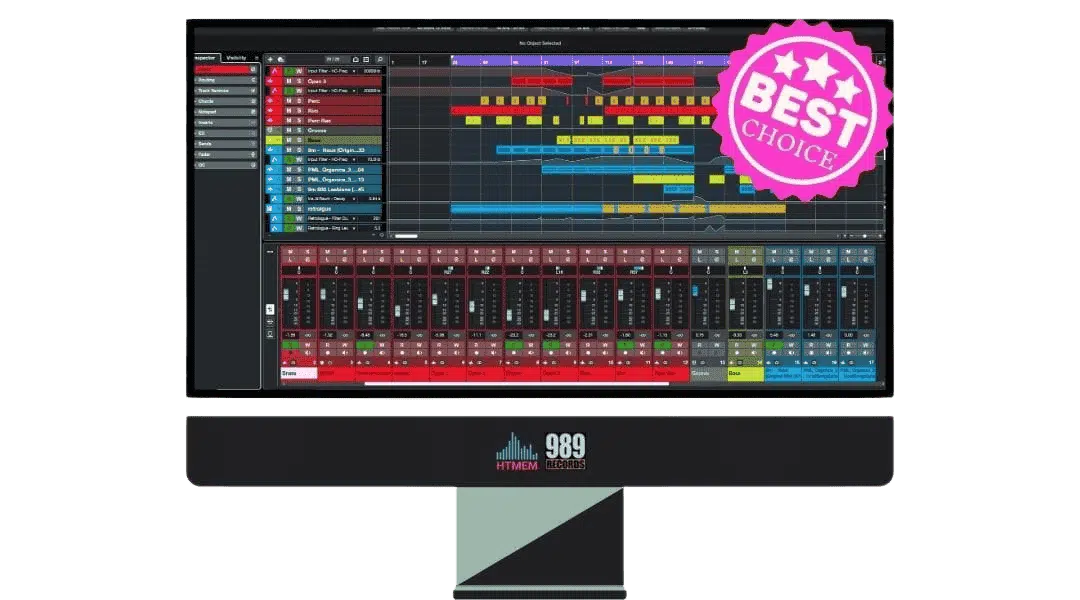
Suitable for audio engineers and post-production. – Official Site
Cubase, a distinguished and long-standing Digital Audio Workstation (DAW), consistently holds its own against the influx of newer competitors in the audio production market. This robust digital audio workstation is celebrated for its extensive history of innovation and development, offering users an impressive array of features designed to cater to the most demanding audio engineering and post-production needs. With its comprehensive toolkit,
Cubase stands out as an exceptional choice for audio engineers and professionals, offering unparalleled flexibility and precision in the creation and manipulation of sound. Whether for recording, editing, mixing, or mastering, Cubase provides a sophisticated environment that meets the evolving demands of the music and audio production industry.
Interested in mastering Cubase?
Discover my comprehensive course covering everything from A to Z.
2. FL Studio
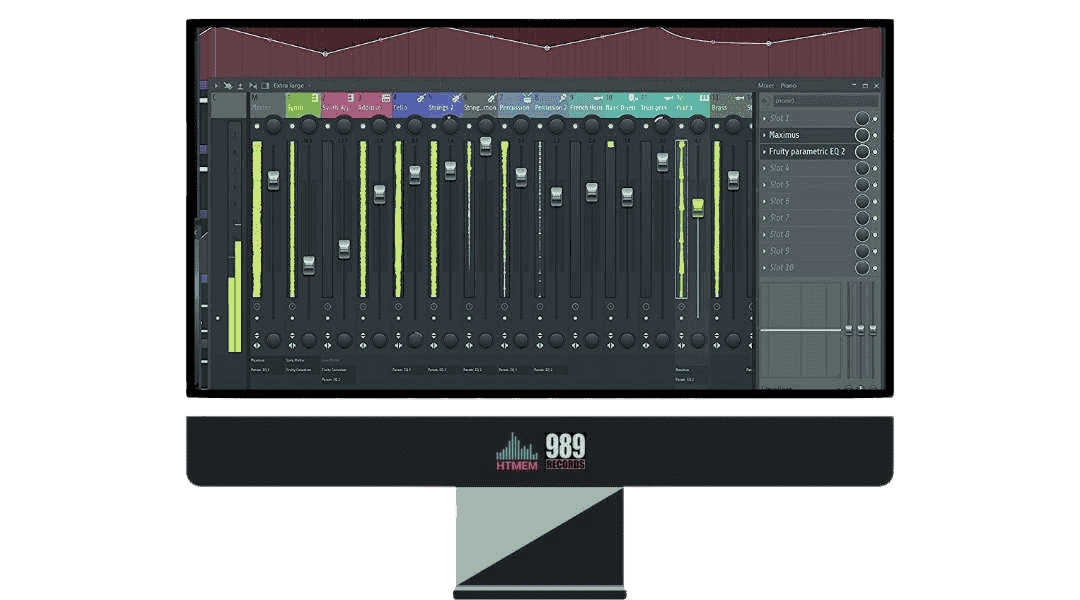
Ideal for electronic music and beat making – Official Site
FL Studio stands out as a potent Digital Audio Workstation (DAW) known for its distinctive workflow, making it an ideal choice for EDM producers. It boasts an attractive lifetime free upgrade policy, ensuring users always have access to the latest features and improvements.
Additionally, FL Studio is available in a native 64-bit version for Mac users, ensuring seamless compatibility across both PC and Mac platforms.
3. PreSonus Studio One
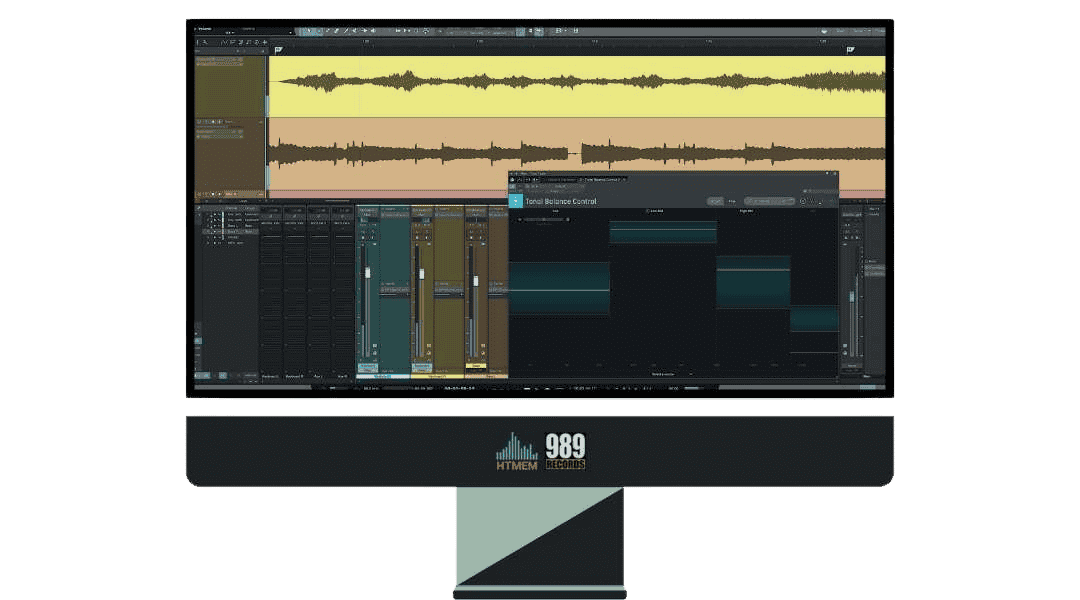
A versatile DAW for music production – Official Site
Specifically designed for guitarists and songwriters, it blends a set of powerful features with an intuitive user interface that sets it apart.
From advanced editing capabilities to seamless integration with various musical instruments, Studio One provides a versatile platform for artists to bring their musical visions to life.
4. Cockos Reaper
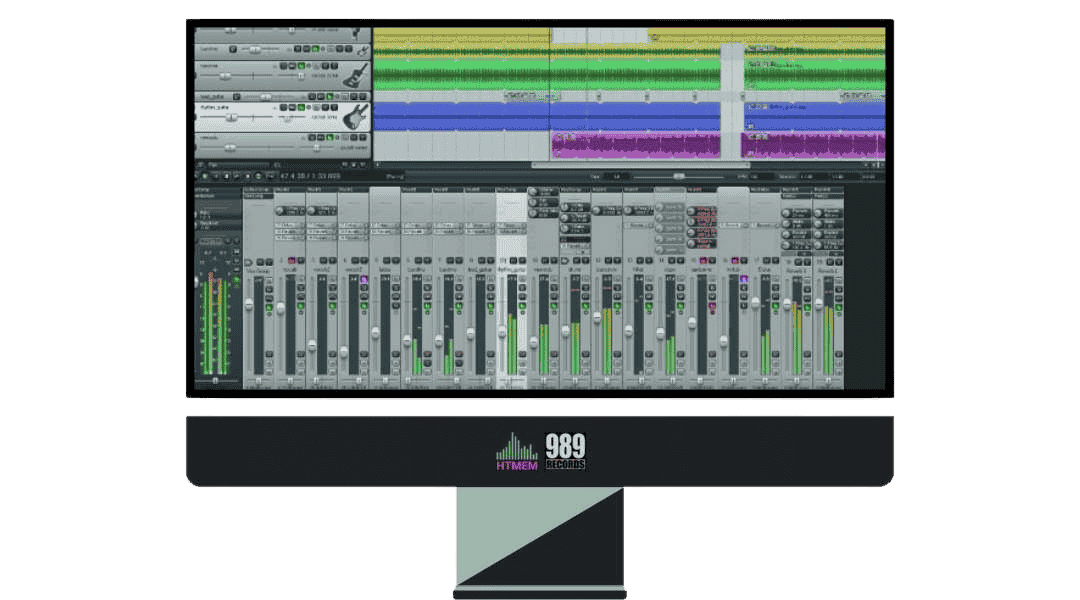
A budget-friendly option for hobbyists. – Official Site
Reaper stands out as an exceptionally potent Digital Audio Workstation (DAW), offering remarkable value for its price. It boasts compatibility across PC, Mac, and Linux platforms, ensuring broad accessibility.
Furthermore, Reaper is distinguished by its extensive customizability options and is supported by a dedicated online community, enhancing user experience and support.
5. Ableton Live
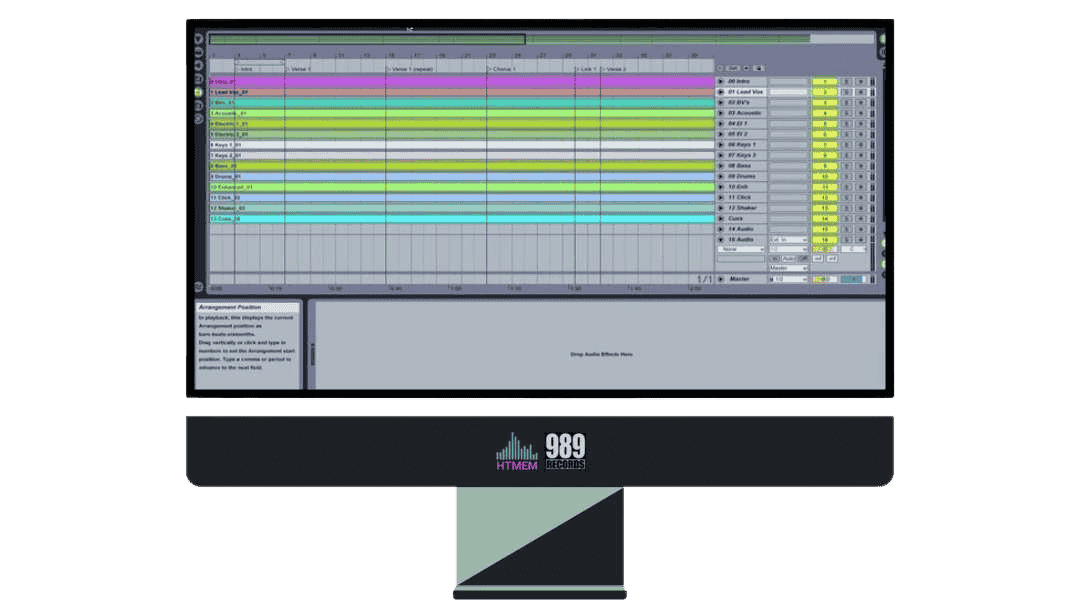
Perfect for live performances. – Official Site
Its user-friendly interface, alongside an impressive array of instruments and effects, enhances its appeal. Specifically designed for live performances,
Ableton Live provides a robust workflow and superior performance capabilities, making it an ideal choice for artists seeking to captivate their audience.
6. Reason Studios Reason
A DAW for music production and sound design. – Official Site
Reason is an engaging, retro Digital Audio Workstation (DAW) distinguished by its distinctive interface. It excels in sound design and the production of electronic music.
Versatile in its functionality, Reason can operate both as a standalone DAW and as a plugin within other software environments.
If you get the opportunity, take a moment to examine the rear view of the rack😁.
7. Bitwig Studio
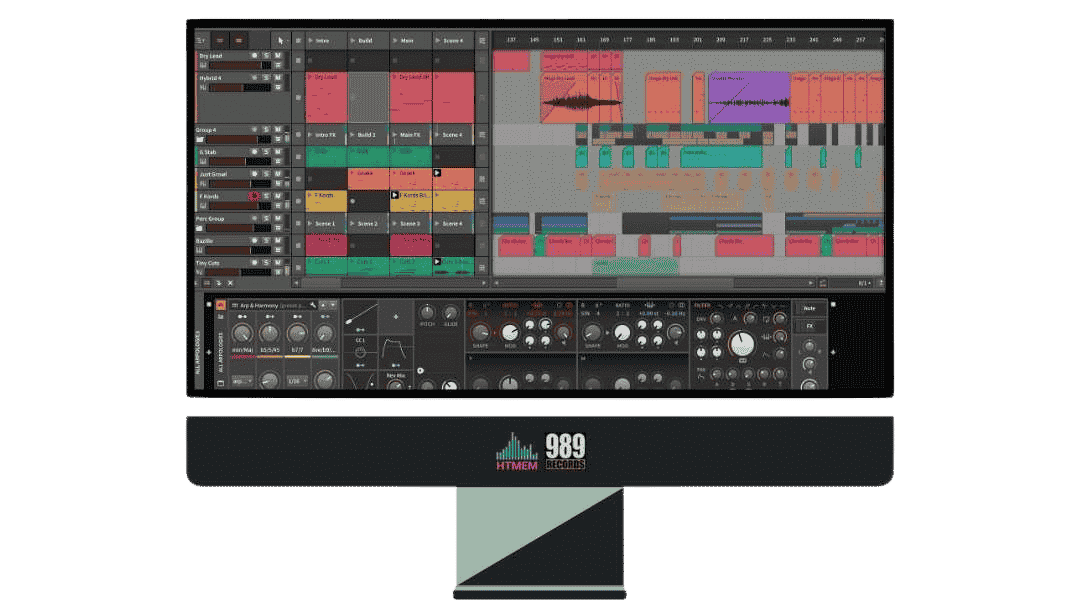
A professional DAW for music creation – Official Site
Explore linear and non-linear workflows tailored for sound design, recording, live performances, and more. This comprehensive suite includes over 90 instruments, effects, and creative tools, offering unparalleled modular flexibility in every facet of the software. Immerse yourself in more than 10 GB of premium sound content from Bitwig and select partners, with the collection ever-expanding.
Bitwig Studio is the single solution for realizing any musical idea across every stage of production.
8. MOTU Digital Performer
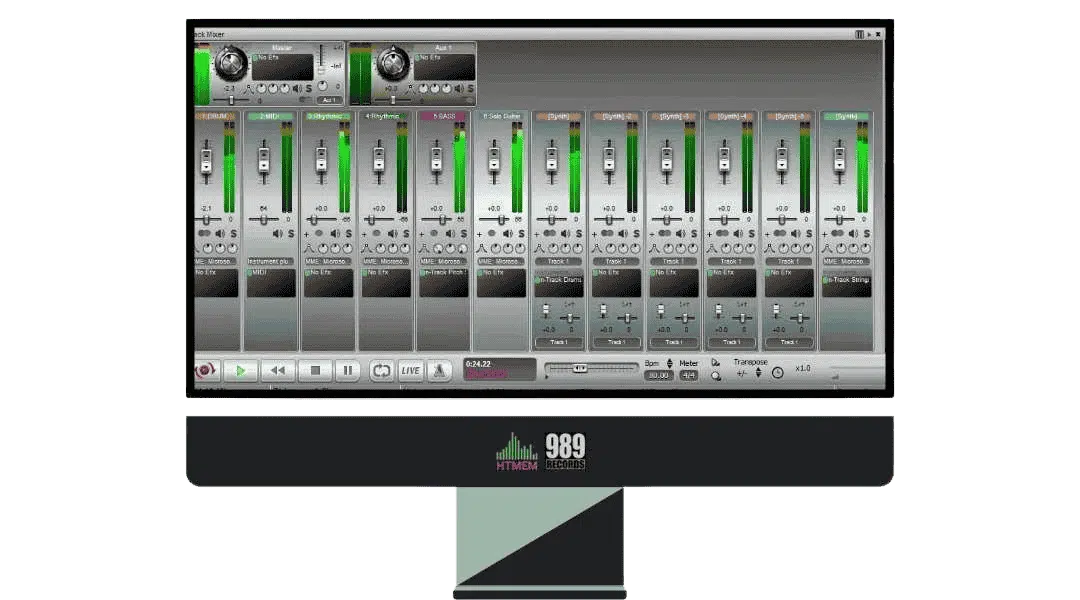
A DAW for music production and post-production – Official Site
Excelling in both music production and post-production tasks, it serves as a comprehensive workstation equipped with outstanding features that serve not only for studio recordings but also for live performances.
Its versatility and depth make it a preferred choice for professionals in the music industry, offering a wide range of tools and functionalities designed to enhance the creative process from start to finish. Whether you’re mixing tracks, composing scores, or editing audio for video, Digital Performer’s robust platform supports all aspects of audio production, making it a powerhouse in the realm of digital music workstations.
Conclusion
The ideal Digital Audio Workstation (DAW) is the one that simplifies your music creation process the most. When selecting a DAW, take into account your specific requirements, budget, and musical genre.
Explore various Digital Audio Workstations (DAWs) to discover the interface that best aligns with your workflow and feels the most intuitive. Dive into reviews and watch tutorials for a deeper insight into each DAW’s functionalities. Moreover, never hesitate to seek guidance or tips from fellow musicians and producers.
Suggested Readings
Best Headphones for Music Production
Practice and Enjoy!
